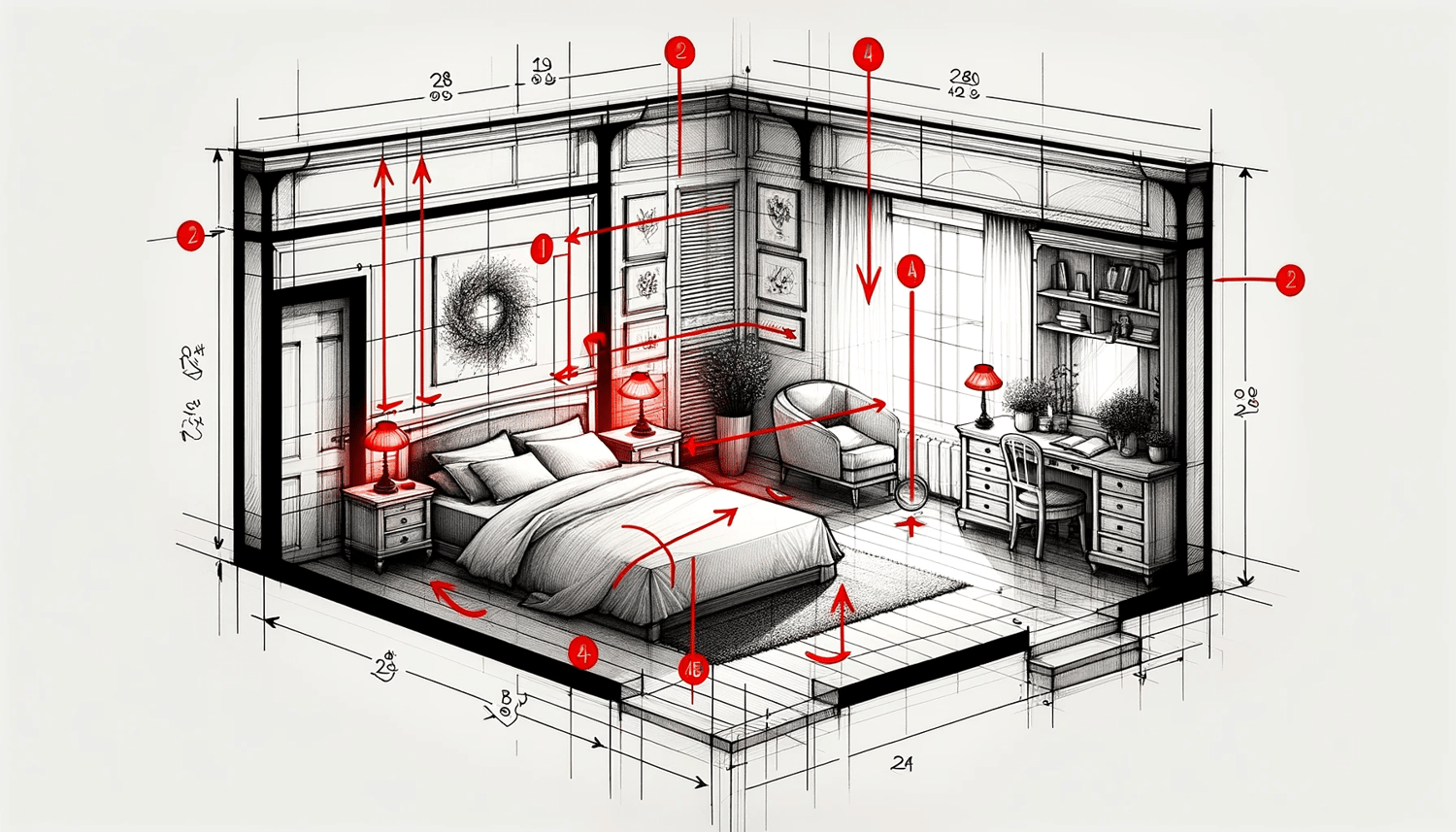The essence of architecture transcends mere structural functionality; it delves into the realm of emotional resonance and experiential harmony, particularly in the creation of intimate spaces. The interplay between architectural design and romantic spaces is a nuanced art that balances privacy, comfort, and aesthetic appeal to foster deeper connections and experiences.
Understanding Intimacy in Architecture
Intimacy in architecture is not just about creating a space for close encounters but about designing environments that promote emotional bonding and personal well-being. It involves considering aspects such as spatial layout, lighting, materials, and the overall ambiance that contribute to a sense of closeness and privacy.
The Role of Space in Intimacy
Space is a fundamental element in architectural design, significantly impacting how individuals interact and connect within it. Well-designed spaces can foster intimacy by offering a sense of seclusion and tranquility, away from the outside world. Architects and designers can manipulate space to create different moods – from open, airy rooms that encourage interaction and openness, to cozy, enclosed areas that offer a sense of security and privacy.
Architectural Elements That Enhance Intimacy
Lighting: Lighting plays a crucial role in setting the mood of a space. Soft, warm lighting can create a cozy, inviting atmosphere, while strategically placed lights can add drama and focus to specific areas.
- Color: Colors evoke emotions. Warm hues like reds and oranges can stimulate feelings of passion and warmth, whereas cool tones like blues and greens are calming and soothing.
- Texture: The tactile qualities of materials can significantly impact the perception of a space. Soft, plush fabrics invite touch and comfort, while smooth, cool surfaces can create a sleek, sensual atmosphere.
- Furniture Design: Furniture that promotes closeness, like comfortable sofas or loveseats, can enhance the sense of intimacy in a space.
- Privacy: The design that offers a sense of seclusion without feeling confined can create a safe and intimate environment. This can be achieved through room dividers, strategic wall placements, or even outdoor spaces designed for privacy.
Case Studies: Spaces Designed for Connection
Exploring real-life examples provides insight into how architecture can successfully create intimate environments. For instance:
- The Farnsworth House: Designed by Mies van der Rohe, this house exemplifies minimalism and openness while offering a serene retreat that connects occupants with nature, creating an intimate setting for introspection and connection.
- Casa Batlló in Barcelona: Designed by Antoni Gaudí, this building features flowing organic shapes, vibrant colors, and intricate details that create a whimsical, romantic atmosphere.
Integrating Technology in Romantic Design
In the contemporary era, technology plays a pivotal role in shaping our experiences, including intimacy. Smart home designs that allow personalized control of elements like lighting, sound, and temperature can significantly enhance the romantic ambiance of a space. Features like programmable mood lighting or integrated sound systems can transform a room to suit different moods and occasions.
Psychological Impact of Intimate Architectural Design
The psychological impact of architecture on intimacy cannot be overstated. Spaces that evoke a sense of safety, comfort, and belonging can significantly influence one's mental and emotional well-being. Thoughtful design can facilitate deeper personal connections, meaningful interactions, and a sense of emotional fulfillment.
Sustainable and Sensual: Eco-Friendly Design for Intimate Spaces
Sustainability in architecture goes hand in hand with creating intimate spaces. Eco-friendly designs that incorporate natural elements like wood, stone, and plants can create a harmonious and sensual environment. Natural light, green spaces, and sustainable materials not only benefit the environment but also contribute to a soothing, intimate atmosphere.
Future Trends: Evolving Concepts of Intimacy in Architecture
As societal norms and lifestyles evolve, so does the concept of intimacy in architectural design. Future trends may include more flexible living spaces that adapt to different needs and moods, incorporation of virtual reality for enhanced sensory experiences, and designs that reflect diverse interpretations of intimacy and connection.
Conclusion
In conclusion, the role of architecture in designing for intimacy is a complex yet fascinating endeavor. It requires a deep understanding of human psychology, an appreciation for aesthetic harmony, and a thoughtful approach to space and materiality. By creating environments that resonate with our deepest emotional needs, architects and designers can profoundly impact how we experience and express intimacy in our lives.




